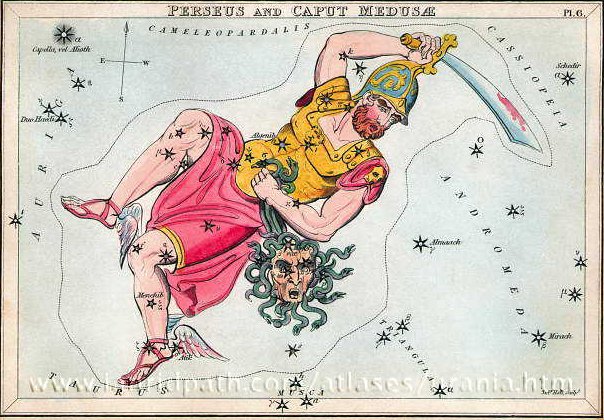1. Enumeration of joints should proceed from top down: ... Fakataka swims and swims, reaching another land. She goes there and stays on the upraised reef in the freshwater pools on the reef, and there delivers her child, a boy child. She gives him the name Taetagaloa. When the baby is born a golden plover flies over and alights upon the reef. (Kua fanau lā te pepe kae lele mai te tuli oi tū mai i te papa). And so the woman thus names various parts of the child beginning with the name 'the plover' (tuli): neck (tuliulu), elbow (tulilima), knee (tulivae) ... Tae-tagaloa means 'not Tagaroa', i.e. the baby is not personifying the 'fish god', he is not 'winter' (= he is summer). The stormy weather which drowned the man is the opposite of the calm season of the Halcyon bird: ... There is a couple residing in one place named Kui and Fakataka. After the couple stay together for a while Fakataka is pregnant. So they go away because they wish to go to another place - they go. The canoe goes and goes, the wind roars, the sea churns, the canoe sinks. Kui expires while Fakataka swims ... At the solstices the weather was regarded as calm but in between there was much life. Especially around the equinoxes are battles fought between the winter half of the year and the summer half. When summer eventually has defeated winter the weather calms down. This is when the Pleiades are rising heliacally in spring:
Day 465 is 100 more than 365 and if the year measures 400 days then there could be a 'joint in time' here. "... another Alcyone, daughter of Pleione, 'Queen of Sailing', by the oak-hero Atlas, was the mystical leader of the seven Pleiads. The heliacal rising of the Pleiads in May marked the beginning of the navigational year; their setting marked its end when (as Pliny notices in a passage about the halcyon) a remarkably cold North wind blows ..." (The White Goddess) The winter season evidently was visualized as being defeated by the summer hero decapitating her:
In the picture the snakes surrounding her face form the figure of 8 at left. The 3 snakes at right have open 'beaks' (their heads look like bird heads). Algol is the star which marks the cut-off head of the winter season, and appropriately the left elbow of Perseus (a red-bearded warrior like Mars) is touching the old head, which has become like an elbow ornament, a trophy. The point of touch is 45º away from the top of the Medusa head and Perseus is also oriented in this direction.
03h 05m means 185 minutes and can possibly be understood as a Sign for the completed winter half of the year. Gb8-12 is positioned 100 glyphs beyond number 12 * 29½ = 354. At its top we can see a negation of ragi - there is no light = no life. Perhaps a kind of explanation follows, because tagata 3 glyphs ahead has no head, instead a kind of Janus sign where there is no 'eating' (kai). At the end of the battle a new little one can be safely released (Gb8-17). The cold ogre is no longer a threat and the Halcyon bird can lay her 'small eyes' (mata riki):
|
|||||||||||||||||||||||||||||||||||||||||||||||||||||||||||||||||||||||||||||||||||||||||







